#6 MISTAKE: Your patient’s chart notes look the same as all your other chart notes
QUESTION: How do you keep your credibility from being called into question when it comes to keeping your patient’s chart notes?
ANSWER: Ensuring each patient’s chart notes are unique and detailed is vital for your credibility and their personal injury claim. When your patient’s chart note entries look the same or similar to each other, it’s a red flag for insurance adjusters. Adapting your charting practices to clearly reflect each individual treatment appointment and your patient’s progress, focusing on concise and relevant documentation will protect your credibility and your patient’s claim.
Your patient’s chart notes that look the same as all your other chart notes in their file is the sixth biggest mistake that can happen in your patient’s personal injury claim.
As we’ve covered in other articles, your credibility is critical for your practice and your patient having the best possible outcome with their personal injury claim. One way your credibility can be called into question is if all or many of your chart notes are too similar.
We know that even though each chart notes entry is actually different, visually they can look the same or too similar — which can become a problem and detrimental to your patient’s claim.
Programs that make chart noting easier can be both a blessing and a curse. They do allow you to be more efficient — but it can come at the cost of maintaining your credibility — and that’s a problem. Our concern is not what an insurance company thinks about your chart notes. Our concern is about what a jury thinks.
As personal injury attorneys, when we look at chart notes that look too similar, we think twice about filing a lawsuit. Part of evaluating a personal injury claim is examining how the various elements, including your patient’s chart notes, are going to appear to an insurance adjuster, defense attorney, and jury.
It may be helpful to visualize your chart notes being reviewed by somebody who knows nothing about chart notes and what their function is in tracking your patient’s injuries, treatments, and progress. Will they be easy to understand for someone who has no experience? Will they seem to say the same thing again and again?
We are creatures of habit and efficiency. It’s not like chart noting is what inspired you to become a medical provider or the high point of your day. The longer we’ve done anything in the same way, the harder it is for us to see why there’s a need to change it, and then to actually do so.
What we find with the medical providers we work with is that the more they understand how their chart notes impact how they’re perceived by others outside of their own practice — and how they affect their patient’s personal injury claim, the greater their motivation is to adapt their routine and make improvements to their chart-noting process.
Focusing on your patient’s problems and improvements, and their objective and subjective complaints ensures that your chart notes are well-rounded and complete. Minimizing language that appears to be cut and pasted will also go a long way to protecting your credibility and your patient’s claim.
It may seem incongruent that having two paragraphs of chart notes in a visit is significantly better than having that same information buried in 6 paragraphs. It is not.
Chart notes that are highly relevant, on point, and succinctly stated add far more to your credibility, and support your patient’s claim.
We’re here to be a bridge of support for you and your patients.
We have developed a robust library of information for your patients who have been injured in an accident, which can be found in the INJURED? START HERE portal on our website.
There are 40 topic-focused articles, with accompanying videos, organized into the four categories that include the personal injury claim-related questions we’re asked most often, which include:
- Top 10 Personal Injury Claim Mistakes to Avoid
- What You Need to Know About Your Claim
- How Are My Medical Bills & Wage Loss Paid
- How to Prepare for Your Independent Medical Exam
Each article provides advice and guidelines to help your patients navigate each phase of the personal injury claims process. Whether we represent your patient or not, we are passionate about them knowing how to protect their rights, get the medical care they need, and avoid the mistakes that can harm their personal injury claim.
Each article provides advice and guidelines to help your patients navigate each phase of the personal injury claims process. Whether we represent your patient or not, we are passionate about them knowing how to protect their rights, get the medical care they need, and avoid the mistakes that can harm their personal injury claim.
Additionally, if it would be helpful to have the information we feature on our website available in your office to pass along to your patients, we’ve developed brochures for each of the four article series -- in both English and Spanish that we’re happy to send to your office. Please complete the form below and we’ll get them out to you promptly.












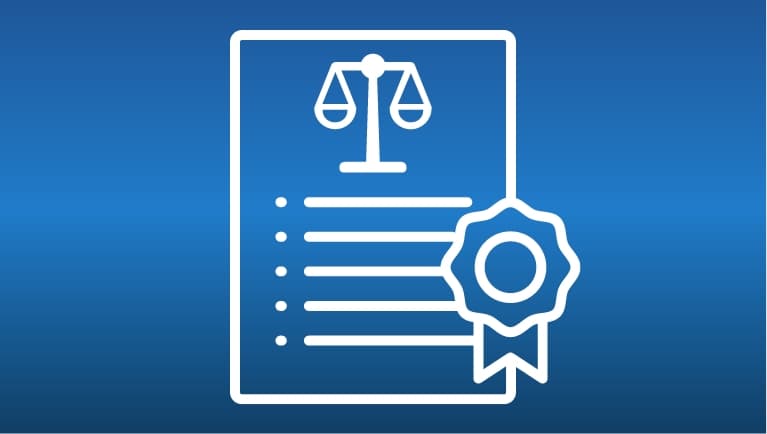
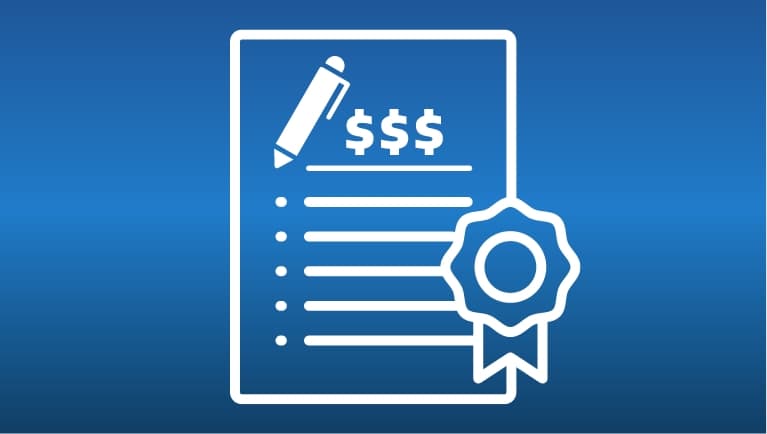

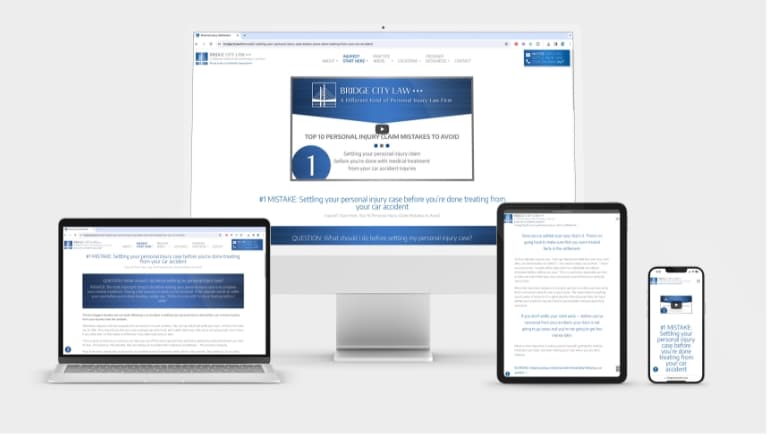
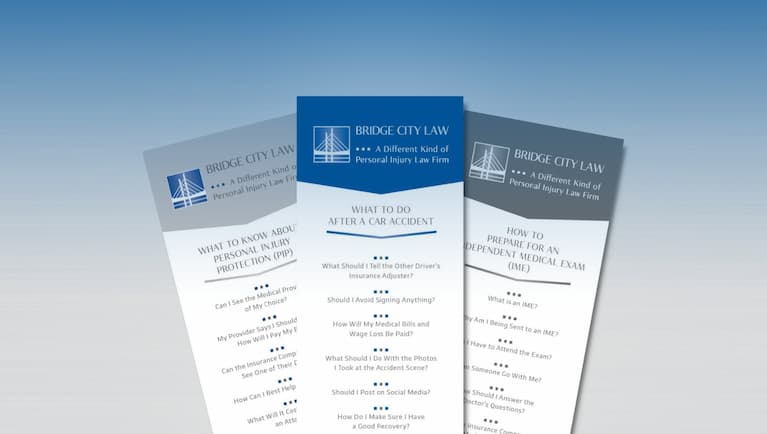
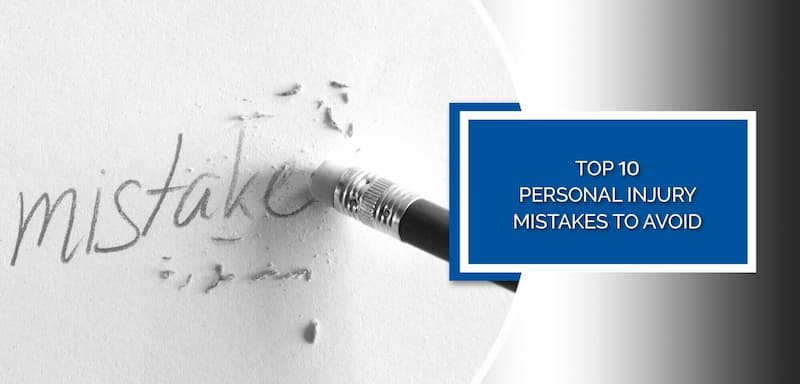
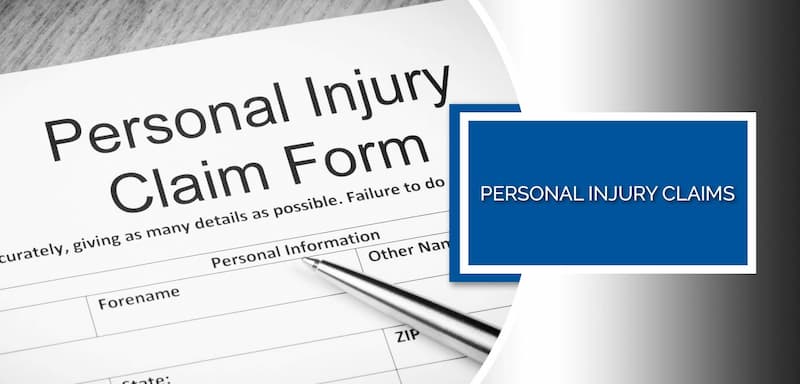
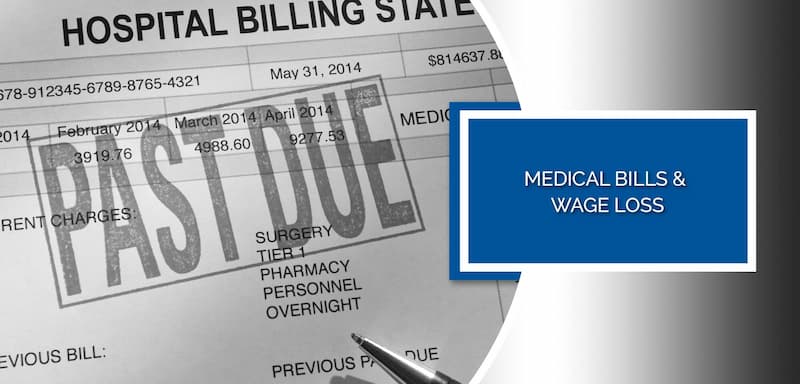
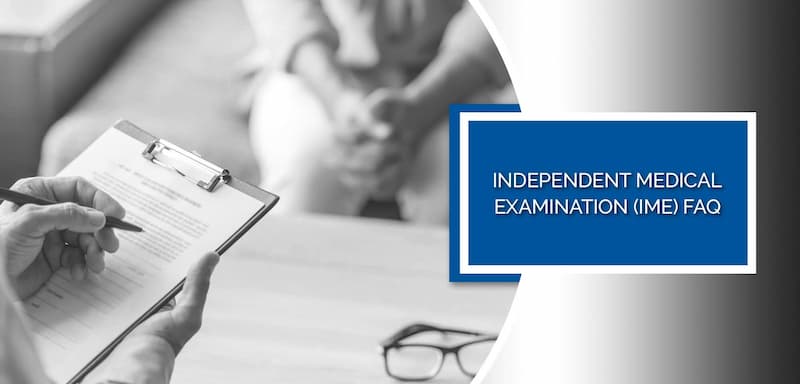
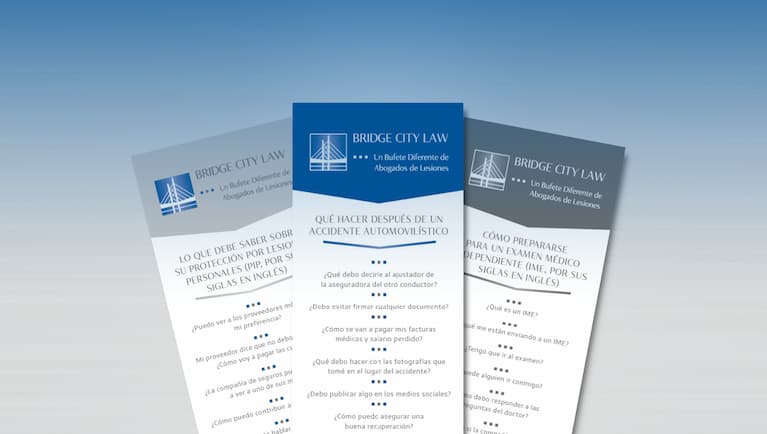







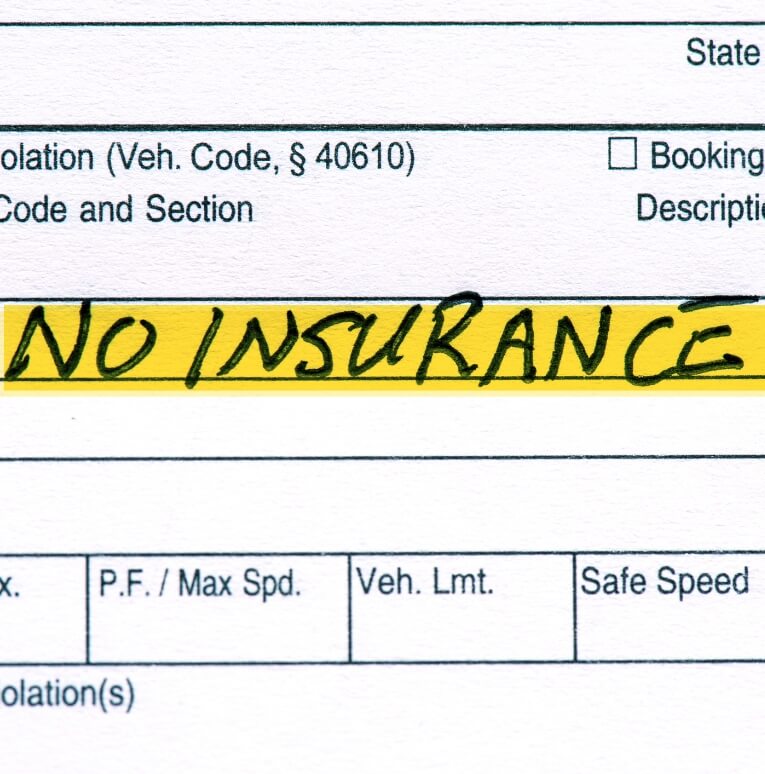
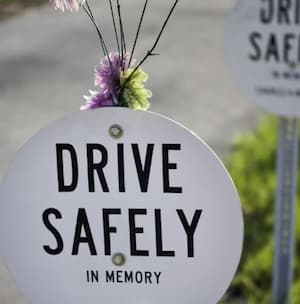



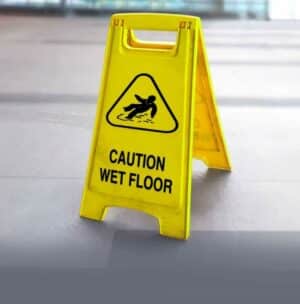







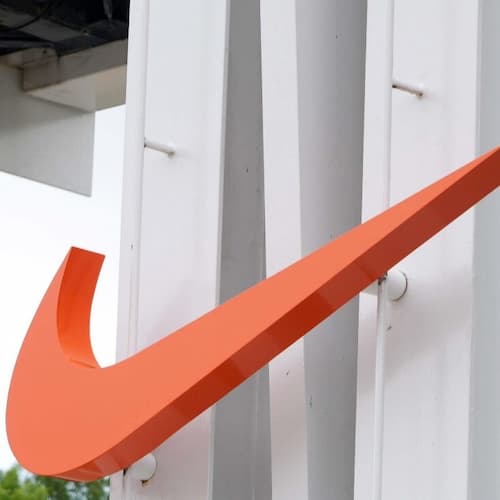











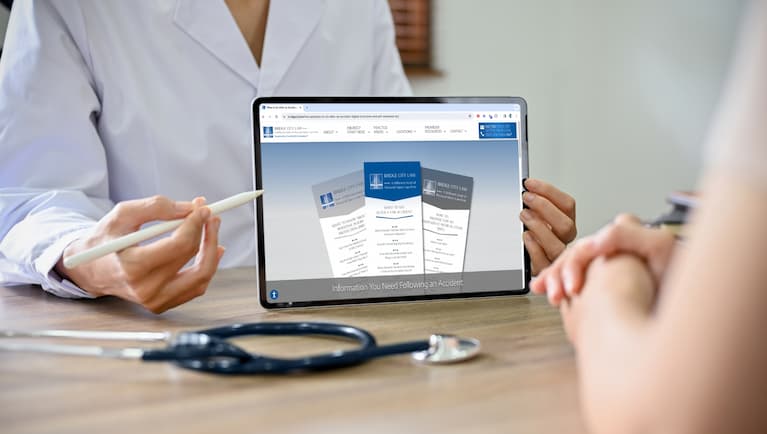



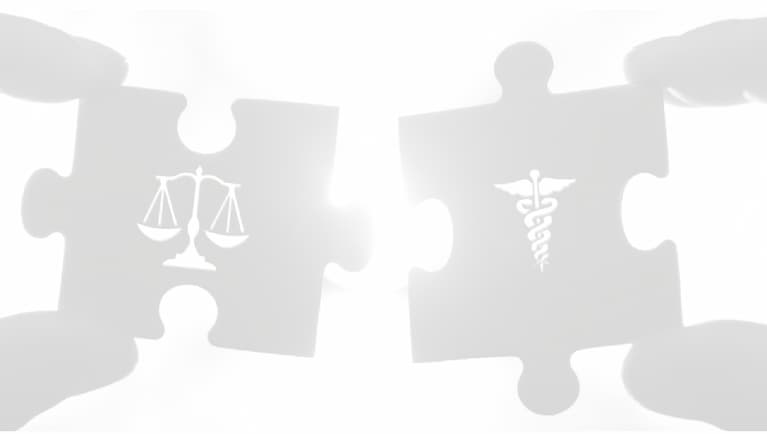



![[FOR MEDICAL PROVIDERS] #6 Chart Notes That Look Like All The Others](https://www.bridgecitylawfirm.com/wp-content/plugins/wp-youtube-lyte/lyteCache.php?origThumbUrl=https%3A%2F%2Fi.ytimg.com%2Fvi%2FexjIPzHyh0c%2F0.jpg)